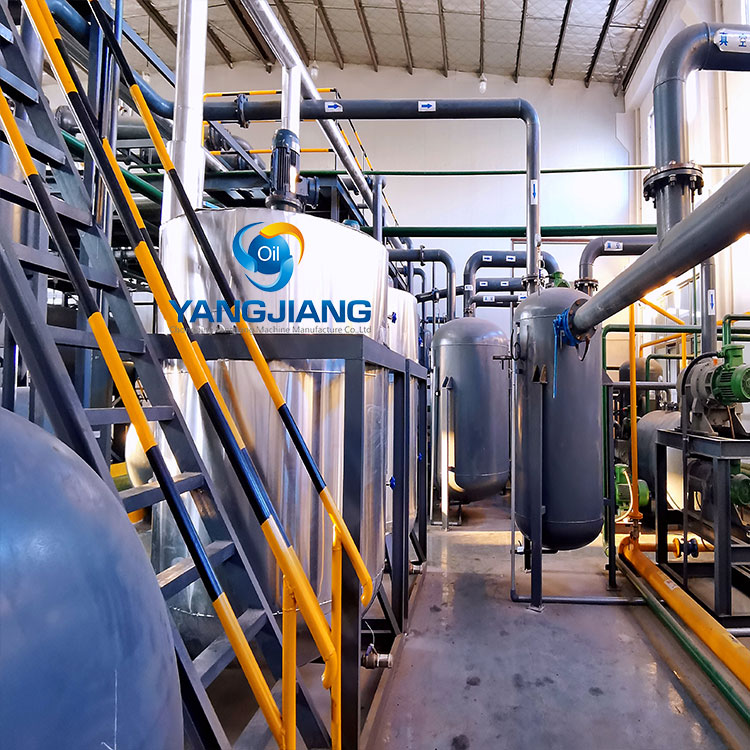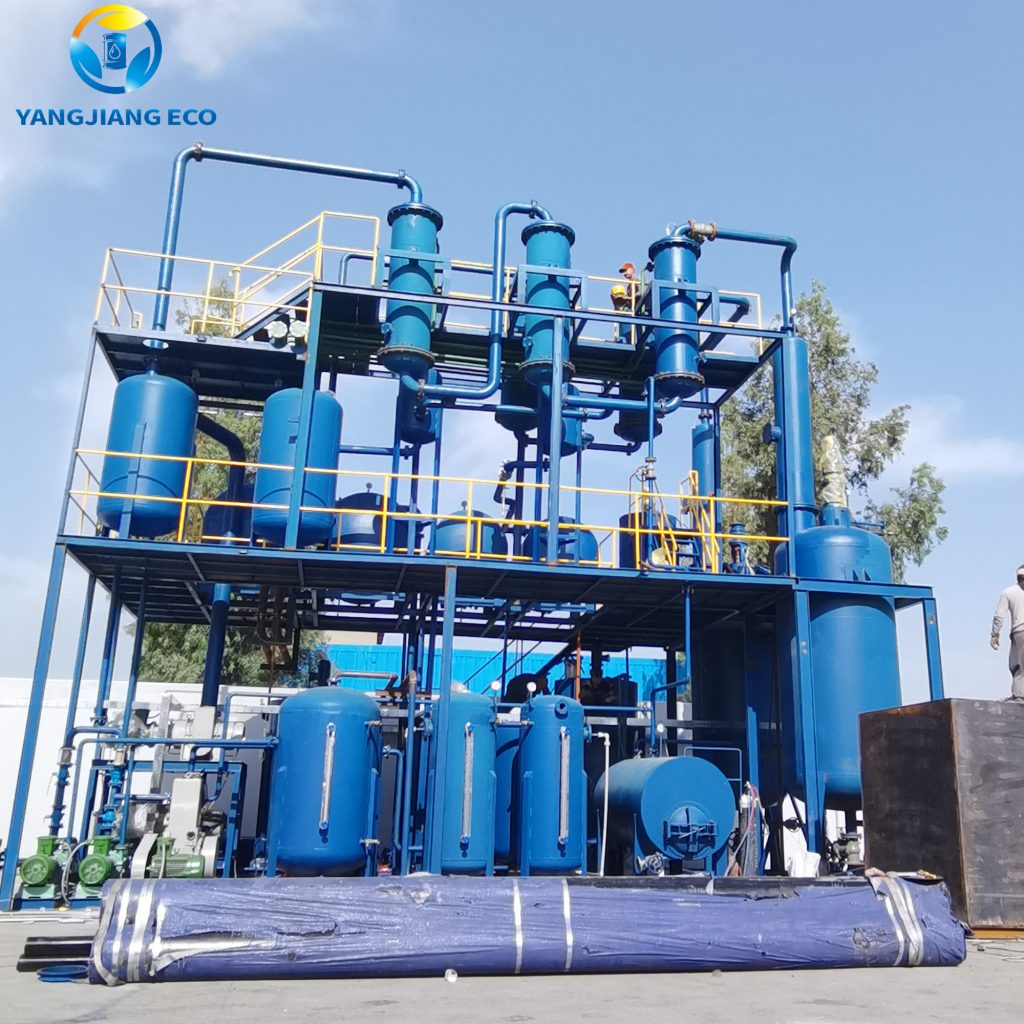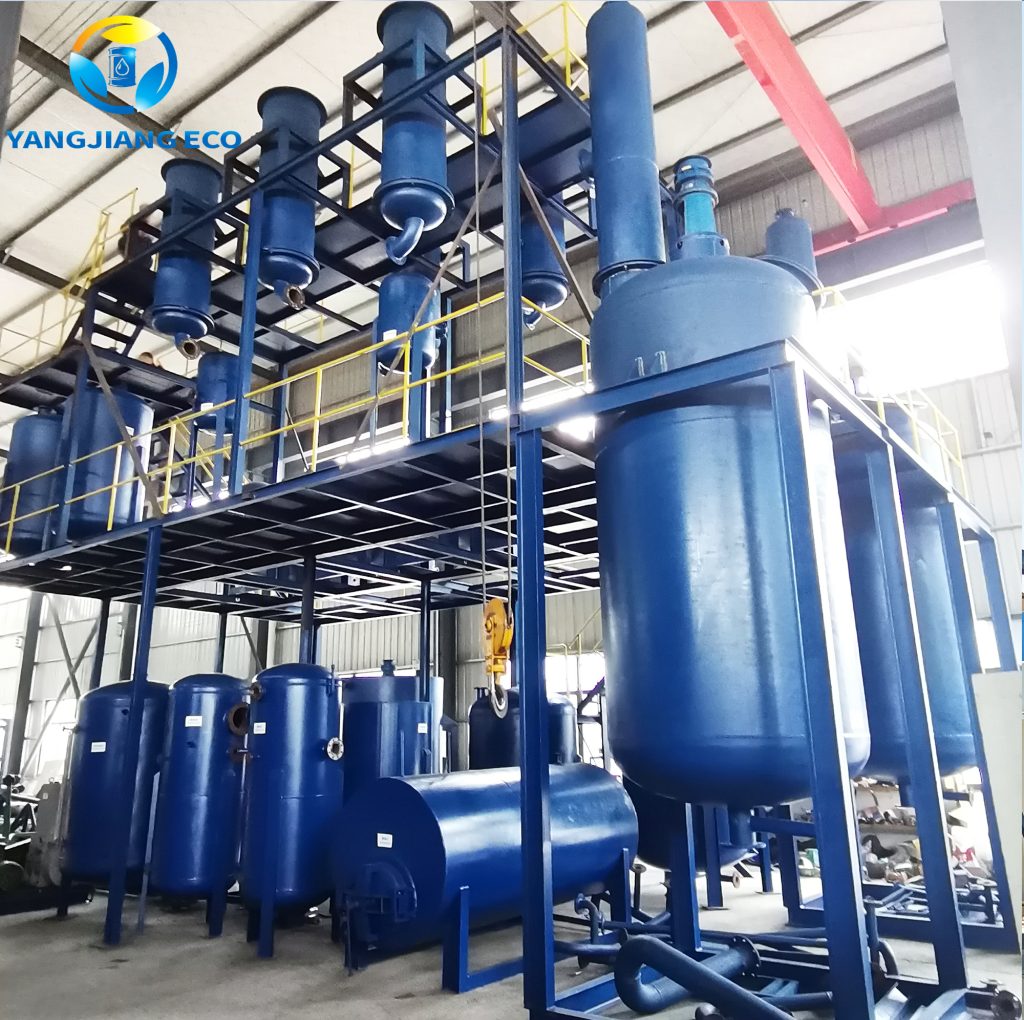Used engine oil poses serious environmental and health hazards if improperly disposed of; but thanks to advances in recycling technology, used engine oil recycling machines are turning these dangerous waste streams into valuable resources – not only mitigating pollution but also creating economic opportunities by turning waste products like fuel or lubricants back into usable materials that reduce pollution levels and generate economic benefits.
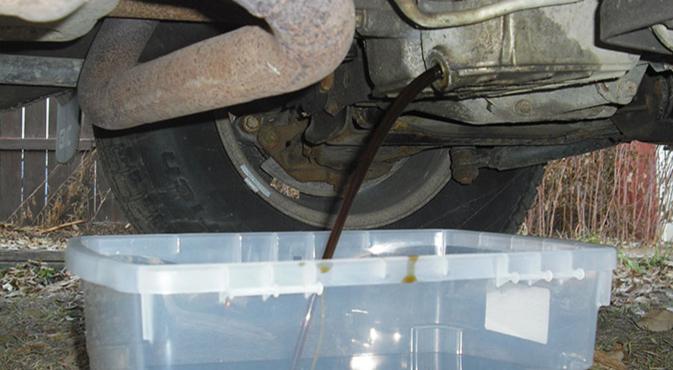
Negative Impact of Waste Engine Oil
Every year, millions of liters of used engine oil are improperly discarded into landfills or drains and cause lasting harm to both human and environmental health. When dumped this way, toxic substances leach into groundwater supplies affecting drinking water supplies as well as aquatic ecosystems; even small quantities may have an enormous effect: one liter can pollute up to one million liters.
Burning waste oil produces toxic emissions such as heavy metals such as lead and cadmium as well as sulfur dioxide emissions that contribute to respiratory diseases, acid rain and global warming. Spilled used oil can kill beneficial microorganisms on soil surfaces that make land unusable over time – leaving land barren of fertility.
Beside environmental impact, improper disposal also has economic ramifications; used oil can be refined into fuel, lubricants and industrial materials that have great economic potential; instead of carelessly disposing it at landfill sites where millions are spent cleaning it up later on, recycling remains the only sustainable method for combatting pollution, protecting health, and recovering valuable resources from this hazardous waste.
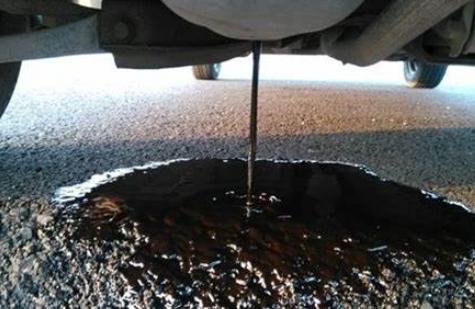
What Are Used Engine Oil Recycling Machines?
Used engine oil recycling machines are cutting-edge machines designed to clean, purify, and reuse motor oil waste for other products such as fuel or industrial materials. Instead of simply disposing of used oil, which harms the environment, these recycling systems extract contaminants like sludge, impurities, and contaminants before turning it back into useful resources such as fuel or industrial materials.
These recycling systems utilize advanced processes like filtration, distillation, pyrolysis, and chemical treatment to restore waste oil back into a usable state. From small units used by auto repair shops up to industrial plants processing tons of oil daily, recycling systems come in all shapes and sizes!
Types of Used Engine Oil Recycling Machines
- Pyrolysis Plants: These facilities utilize high heat in an oxygen-free environment to convert waste oil to fuel oil, carbon black, and gas.
- Vacuum Distillation Units: When heating oil under low pressure, it is separated into its various fuel fractions without degrading quality.
- Centrifugal Purifiers: Spin oil at high speeds to remove solid particles and sludge efficiently.
- Acid-Clay Treatment Systems: Use sulfuric acid and bleaching clay to neutralize contaminants and improve oil clarity.
- Thin Film Evaporators: Utilize rapid heating and evaporation processes for recovering high-purity base oil.
By selecting an effective machine, businesses can reduce waste, save costs, support sustainable practices, and comply with environmental regulations more easily.
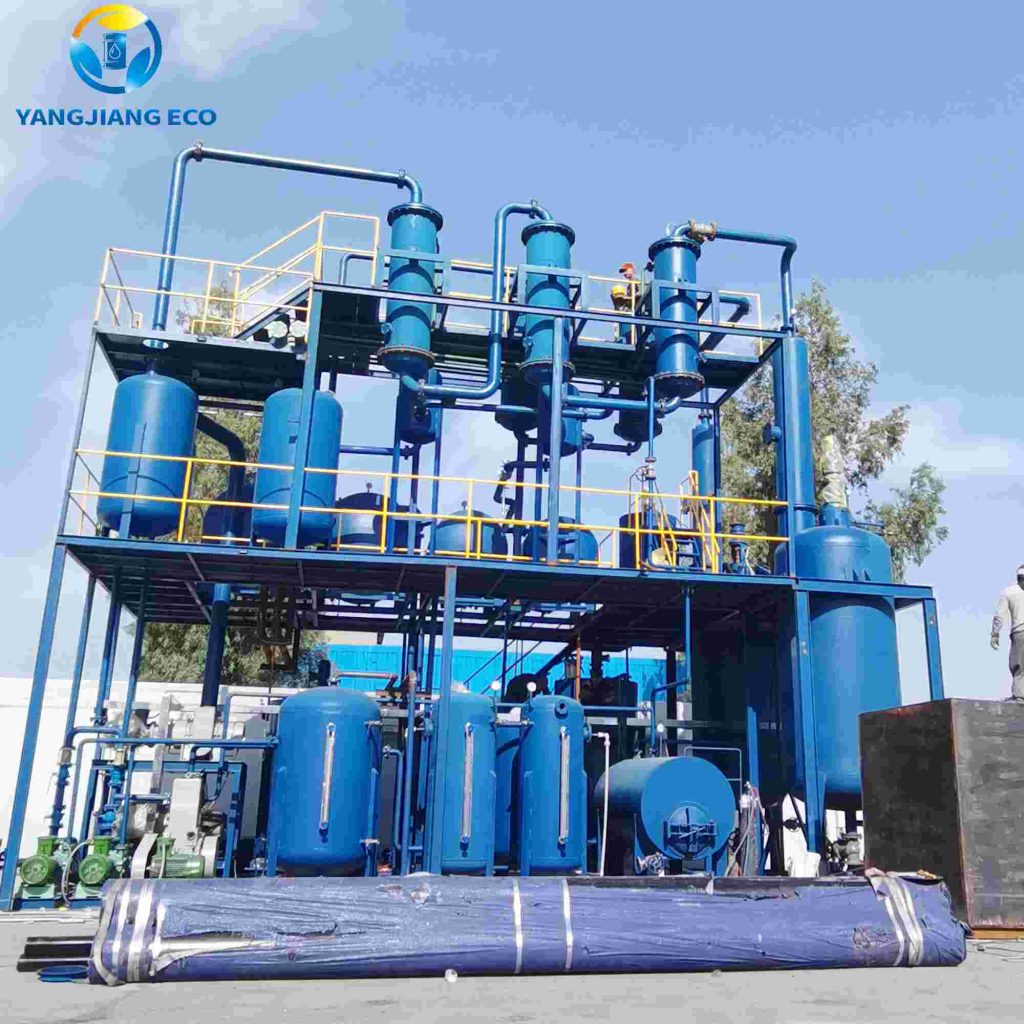
Used Engine Oil Recycling Machines Working Process
Used engine oil recycling machines employ advanced purification techniques to transform contaminated waste oil into reusable products. The process involves multiple stages to ensure maximum efficiency and high-quality output.
Step-by-Step Breakdown of Used Engine Oil Recycling
Here’s a structured, easy-to-follow table format for the step-by-step breakdown of used engine oil recycling:
| Step | Process | Purpose |
| 1. Collection & Pre-Filtration | Waste oil is gathered from garages, industries, and service centers. Passed through coarse filters (50-100 microns). | Removes large contaminants like dirt, metal fragments, and sludge. |
| 2. Heating & Dehydration | Oil heated to 100–120°C in a settling tank or evaporator. | Eliminates water content and light hydrocarbons to prevent foaming in later stages. |
| 3. Vacuum Distillation | Heated oil enters a low-pressure distillation chamber (boiling point reduced to 200–300°C). | Separates oil into fractions: diesel, lubricant base, and heavy residues without thermal cracking. |
| 4. Chemical Treatment | Treated with acid/clay or hydrogenation to remove sulfur, odors, and discoloration. | Purifies oil by neutralizing acids, removing metals, and improving color. |
| 5. Final Filtration | Oil passes through 5–10 micron filters or centrifuges. | Ensures removal of fine impurities for high-grade base oil. |
| 6. Catalytic Cracking (Optional) | Heavy residues processed in a catalytic cracker at high temperatures. | Converts thick residues into light fuels (diesel/gasoline) for maximum yield. |
End products of Used Engine Oil Recycling

Recycling used engine oil creates valuable resources. Here’s what these advanced machines produce:
- High-Quality Re-Refined Base Oil: Restored to near-virgin quality, primary output can be reused as lubricating oil for engines, hydraulic systems and industrial machinery.
- Clean Diesel Fuel: Distilled byproduct that meets fuel standards, making it suitable for generators, boilers and modified diesel engines.
- Bitumen (Asphalt) for Road Construction: Heavy residues generated during production can be reused to produce bitumen – an essential ingredient used for road paving and waterproofing applications.
- Carbon Black: A fine powder used in manufacturing tires, rubber products, inks, and coatings, adding economic value to the recycling process.
- Reusable Industrial Fuel: Lower-grade oil fractions can power cement kilns, furnaces, and other high-temperature industrial applications.
Recycling machines not only reduce environmental harm but also foster a prosperous circular economy by turning waste oil into marketable products that generate income, turning pollution into revenue sources.
Benefits of Using Used Engine Oil Recycling Machines
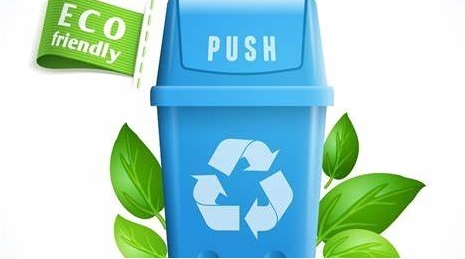
Used engine oil recycling machines provide significant environmental, economic, and operational advantages. By processing waste oil into valuable byproducts for reuse in industries’ operations, these systems help decrease pollution while creating additional products of their own.
- Environmental Protection – Recycling can protect soil and water from being polluted with hazardous oil waste, while proper treatment reduces toxic emissions to decrease carbon footprint and support sustainability goals.
- Cost Savings & Revenue Generation – Businesses can reduce costs while simultaneously creating revenue by turning used oil into sellable products such as base oil, diesel or bitumen for sale – thus creating additional sources of income while simultaneously cutting raw material costs.
- Energy Efficiency – Recycling uses less energy than refining crude oil, conserving resources and lessening dependence on fossil fuels.
- Extended Equipment Life – Refined oil can extend equipment lifespan by reducing wear-and-tear and maintenance expenses, thus prolonging its use in machinery.
Oil recycling technology enables companies to transform waste into profit while contributing towards a cleaner and greener future.
To Conclude
Used engine oil recycling machines are revolutionizing waste management by turning hazardous sludge into valuable commodities. By investing in these systems, industries can safeguard the environment while meeting regulations and opening up revenue streams. Recycling technology will be key for turning pollution into profit in the near future.
Are you interested in setting up a recycling plant? Discover YANGJIANG‘s high-efficiency oil recycling machines now and join the green revolution!
Recommended Products

